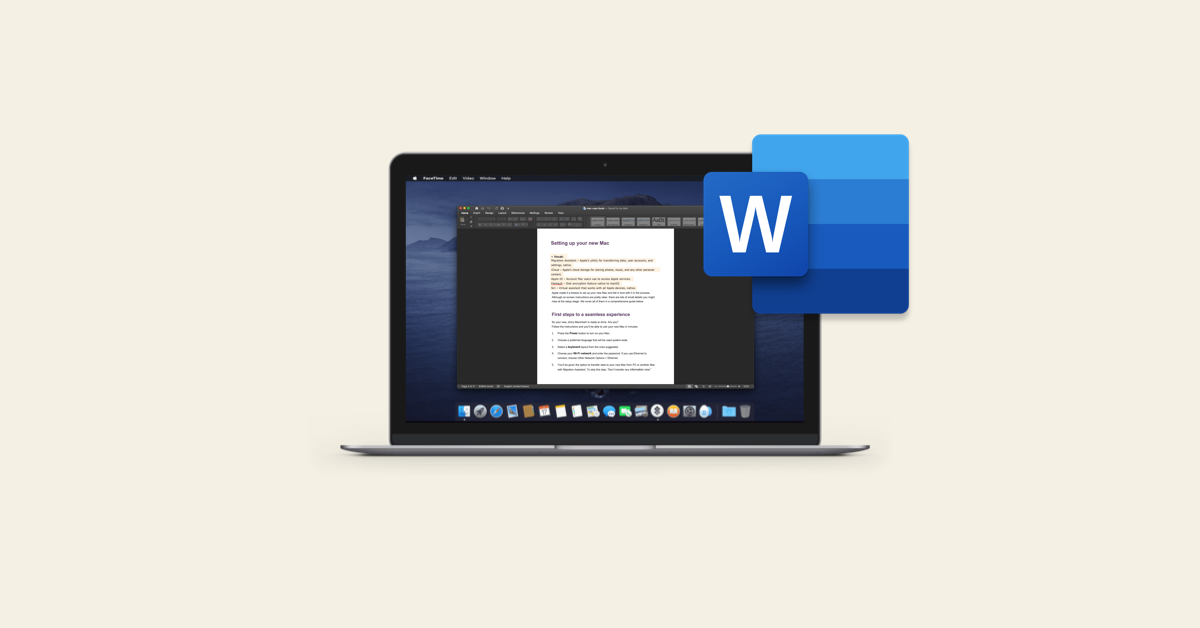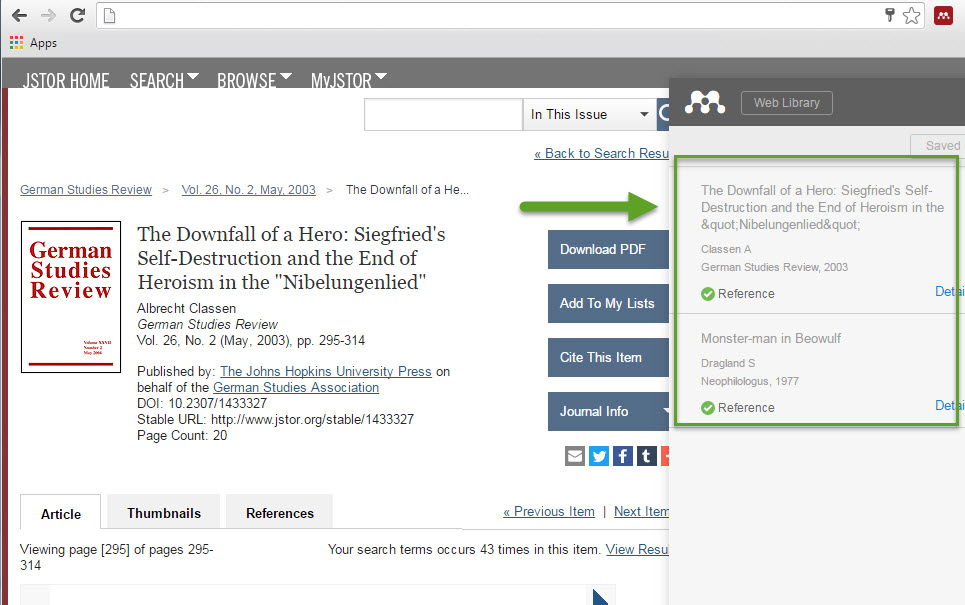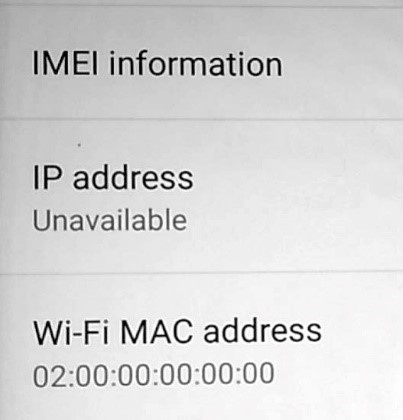
- Download word for mac onedrive mac os#
- Download word for mac onedrive install#
- Download word for mac onedrive software#
If you set the setting's value to True, the users are prevented from syncing OneDrive and SharePoint libraries and folders with organizations other than the user's own organization. This setting prevents the sync app from syncing libraries and folders shared from other organizations. To enable this setting, you must define a number between 1 and 99 which determines the percentage of bandwidth the sync app can use out of the total available bandwidth. This setting enables the sync app to automatically set the amount of bandwidth that can be used for uploading files, based on available bandwidth. If the boolean value is set to True, the tenant is allowed to sync. For the setting to be complete, this parameter also requires a boolean value to be set to it. The parameter for the AllowTenantList key is TenantID and its value is a string which determines the tenants for whom the Allow Tenant setting is applicable. Do NOT enable both settings at the same time.

This setting takes priority over Block syncing OneDrive accounts for specific organizations setting. If the user has already added the account, the files stop syncing. If you enable this setting, the user gets an error if they attempt to add an account from an organization that is not in the allowed tenants list. This setting prevents the users from uploading files to other organizations by specifying a list of allowed tenant IDs. When you apply the settings, ensure that you target the appropriate domain depending on the edition of the sync app. The keys are the same whether you run the standalone or Mac App Store edition of the sync app, but the Plist file name and domain name will be different. Use the following keys to preconfigure or change settings for your users. On the next start of OneDrive, the new settings will be picked up. ~/Library/Containers/-mac/Data/Library/Preferences/Ĭonfigure the settings on macOS as follows:ĭefine the settings you want to change by creating a Plist file with the values, or use a script to set the default values.ĭeploy the settings onto the local computer. Preferences for the OneDrive sync app for Mac are stored in preference files. As an administrator, you might want to provide users in your organization with a standard set of preferences. Manage OneDrive settings on macOS using property list (Plist) filesĪfter the OneDrive sync app for Mac is installed, users can configure settings for the app. You can also use Apple Remote Desktop and AppleScript. Other common tools are Jamf Pro, Munki, and AutoPkg.

Download word for mac onedrive software#
This means you can continue to use the software distribution tools that you normally use to deploy software to Mac users. The OneDrive sync app for Mac uses the Apple Installer technology for installation. By using a software distribution tool, you have more control over the deployment, including which users get the sync app and when.
Download word for mac onedrive install#
To install the OneDrive sync app for Mac, a user has to be an administrator on the Mac or know an administrator account name and password.ĭownload the installer package file to your local network, and then use your software distribution tools to deploy the app to your users.

Download word for mac onedrive mac os#
Have users install and set up the OneDrive sync app themselves by following the instructions in Sync files with OneDrive on Mac OS X. There are two basic ways that you, as an administrator, can deploy the OneDrive sync app to Mac users in your organization: Applies to: Office for Mac This article is for IT administrators and discusses frequently asked questions about the availability of Office from the Mac App Store, and the differences between downloading and distributing Office apps directly from Microsoft. Deploy Office for Mac from the Mac App Store. Work online or offline, on your own or with others in real time-whatever works for what you’re doing. Start quickly with the most recent versions of Word, Excel, PowerPoint, Outlook, OneNote and OneDrive -combining the familiarity of Office and the unique Mac features you love.


 0 kommentar(er)
0 kommentar(er)
